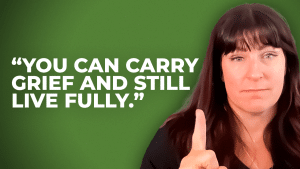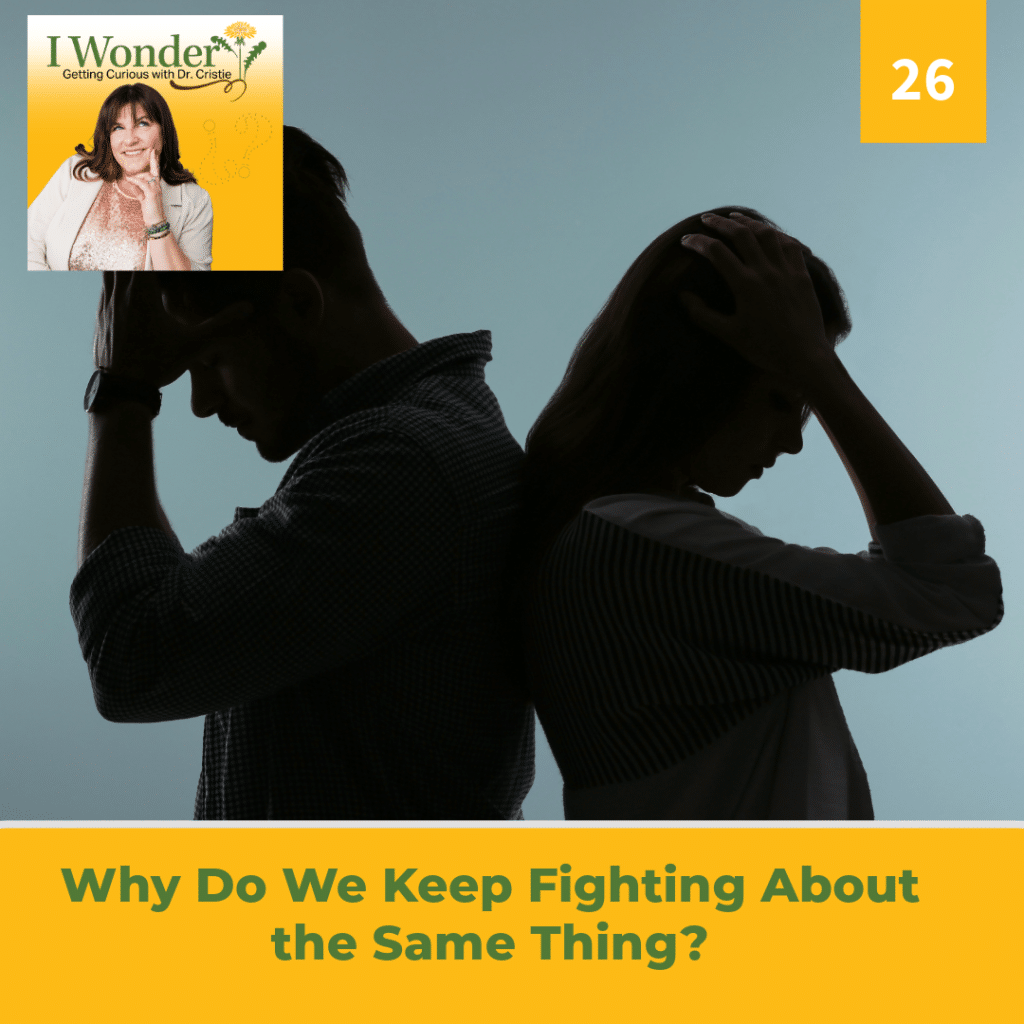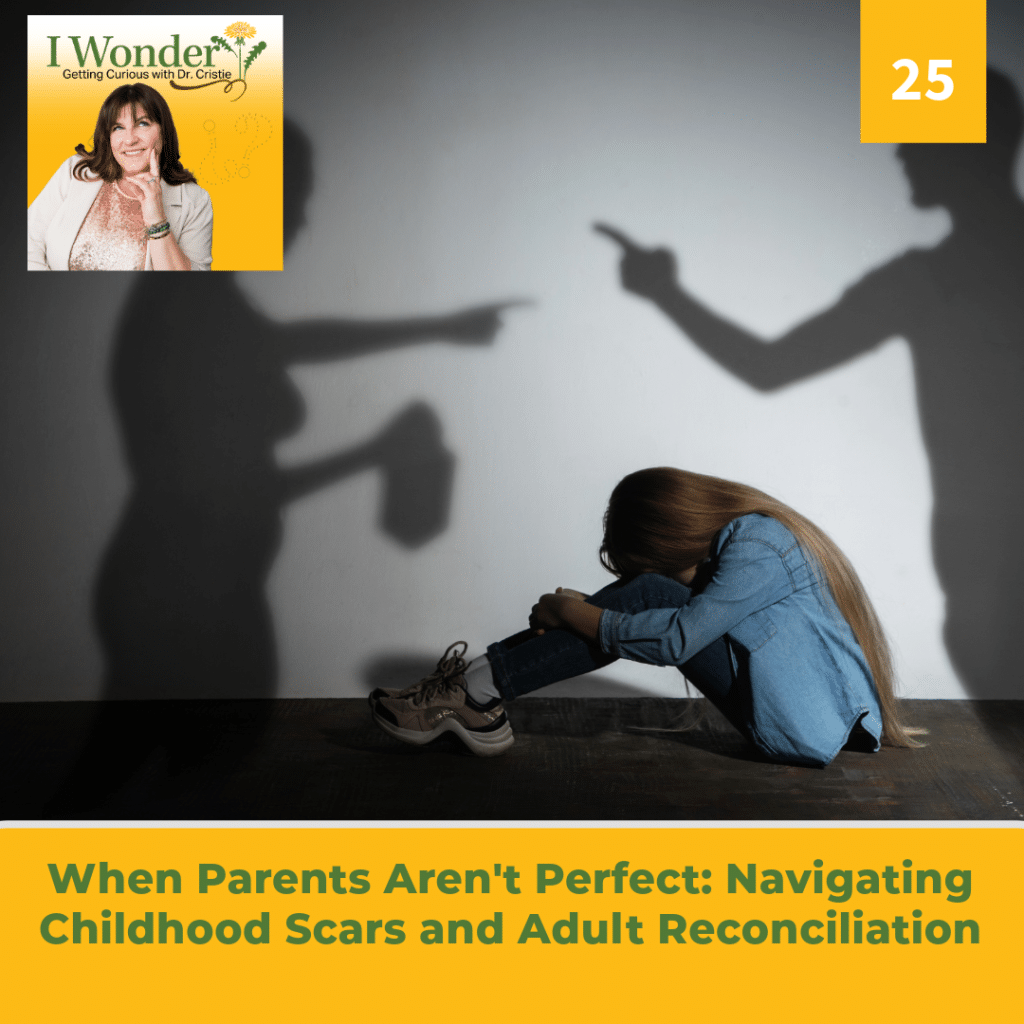
Grief is something most of us will experience at some point in our lives, yet it remains one of the most misunderstood emotional processes. People often talk about “getting over” grief as though it’s a hurdle to be crossed. In reality, grief is more like a lifelong companion that changes shape but never truly leaves. As someone who has lived with grief for over 40 years, I’ve learned that while we may never “get over” the losses we face, we can learn to live alongside them and even thrive.
In my life, grief has always been present. I lost my father to cancer when I was just four years old. I have only fleeting memories of him, but the stories my family told have shaped who I am. Years later, when I was barely an adult myself, I lost my mother to cancer, too. At the time, I was learning to be a mother without having my own around, a type of grief that felt particularly cruel. More recently, I lost my sister, a Title IX trailblazer, who was both a peer and a substitute parent for me. That loss brought an anger I hadn’t expected, a sense of unfairness at all the moments she wouldn’t get to be a part of.
Through these experiences, I’ve learned that grief is complicated and it doesn’t follow a neat set of stages. It’s messy, non-linear, and deeply personal. There’s no guidebook for how to grieve. One thing I’ve come to understand is that grief and joy can coexist. You don’t have to wait until you feel “better” to live a full life. Life can be good again, even with the sadness of loss always lingering in the background.
This realization hit me hardest when my nephew got married. The joy of that day was palpable, yet the absence of my sister was equally real. I felt both emotions intensely—grief that she wasn’t there and joy for the love and celebration we were experiencing. It was a moment that solidified for me that life after loss is about holding space for both emotions, allowing them to exist together, and still moving forward.
Professionally, as a trauma therapist, I’ve seen countless people mistake grief for something they must “get over” before they can live again. But what if we shift the narrative? What if we acknowledge that grief doesn’t have an endpoint? We don’t “move on,” but we do move forward, carrying the memories of those we’ve lost while making space for new experiences.
So, how do you thrive alongside grief? Here are a few ways that have helped me and my clients:
- Let Yourself Feel: Don’t be afraid to feel the sadness. It won’t consume you if you let it in from time to time. It’s part of the healing process.
- Celebrate the Joy: Be intentional about soaking in the good moments. Living fully is a way to honor those who aren’t here to see the joy with us.
- Share Their Stories: Keeping their memory alive by sharing their stories helps to keep them a part of your life and can bring comfort to others who knew them.
- Release the Guilt: There’s no shame in finding happiness after loss. It’s possible to miss someone deeply while still embracing new moments of love and joy.
Grief is a journey, not a destination. You’ll have good days and bad ones, and that’s okay. Over time, you’ll learn to thrive in the gray area—the space where grief and joy coexist. You can move forward with a full heart, knowing that while the losses you’ve faced will always be a part of you, they don’t have to define your future.
If you’re on your own grief journey, know that you’re not alone. There is hope and healing, and yes—there is joy ahead.
Let’s keep the conversation going. How have you learned to live with grief? Comment below and share your story—I’d love to hear it.





